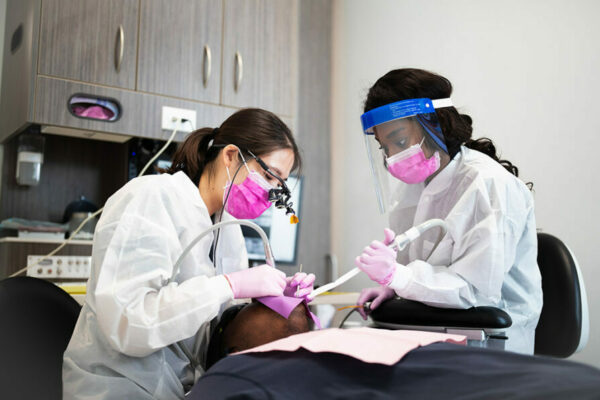Blogs
It's normal to experience a little nervousness when you have to undergo dental extractions. You should be aware, nevertheless, that contemporary dentistry has less intrusive means of removing troublesome teeth. This article will help you learn how minimally invasive techniques for dental extractions can help you have a more comfortable and pain-free procedure. To get personalized assistance, contact dental extractions near me.
Understanding Minimally Invasive Dental Extractions
Dental extractions, which occasionally are required to safeguard your oral health, have advanced significantly from the earlier abrasive techniques. Let's now define precisely what minimally invasive dental extractions entail:
What Are Minimally Invasive Dental Extractions?
Imagine removing a tooth with very little incision and little harm to the tissues around it. That is the main goal of least-invasive dental extractions. With as little interruption to your mouth as possible, the problematic tooth has to be extracted.

How Do They Work?
The emergency dental extraction near me will precisely access the tooth using specialized instruments and methods. Smaller incisions, less trauma, and quicker recovery are the results of this. They may even employ laser technology or unique tools made to reduce tissue injury.
The Minimally Invasive Extraction Process:
Evaluation
To choose the best course of action, the top dentist near me will carefully examine your tooth and the tissues around it.
Anesthesia
The 24 hour emergency dentists near me will use a local anesthetic to make the area around the tooth numb so that you don't experience any pain.
Small Incision
Your dentist will access the tooth by creating a small cut in the gum tissue using specialist equipment. Compared to what you might anticipate from typical extractions, this incision is far smaller.
Precise Extraction
Your dentist will carefully remove the tooth once it is exposed, taking care not to harm any neighboring structures. To make the tooth easier to extract, they might need to cut it into smaller pieces.
Stitching Up
Your dentist will use removable stitches to close the minor incision once the tooth has been removed. You won't have to stress about returning to get them taken away.
Recovery
To ensure a quick recovery, your dentist will provide you with post-operative care instructions. Typically, this includes recommendations for proper dental hygiene, pain management, and nutrition.
Benefits Of Minimally Invasive Dental Extractions:
Less Pain
Less discomfort is one of the main benefits. Fewer nerve endings are affected as a result of minimally invasive procedures, which reduces pain both during and after the extraction.
Faster Recovery
Your body can mend more quickly since there is less tissue damage. This indicates that you'll quickly return to your regular schedule.

Reduced Swelling and Bruising
Traditional extractions could leave you with unattractive bruises and a puffy face. Fewer of these negative effects are possible with minimally invasive techniques.
Minimal Scarring
Nobody wants their dental procedure to be visibly remembered. Smaller, less obvious scars are frequently the consequence of minimally invasive extractions.
Lower Risk of Infection
With fewer opportunities for infection to take hold due to smaller incisions, your mouth will remain healthier over time.
Conclusion
Minimally invasive techniques for dental extractions are revolutionizing the field of dentistry. They offer you reduced discomfort, accelerated healing, and fewer complications. Therefore, if you ever find yourself considering a dental extraction, know that modern dentistry is concerned with your comfort and well-being. With minimally invasive procedures, the process can be far less painful, allowing you to quickly return to your regular activities with a better smile.
Posted in: Health
Be the first person to like this.






